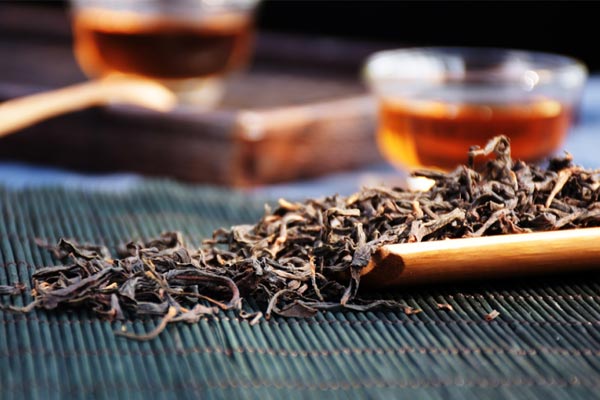Liupu-tea, a gem among Chinese dark teas, captivates with its rich and varied aromas. Its signature "betel nut" aroma is highly acclaimed by tea lovers.
This betel nut aroma isn't a single type; it can exhibit diverse subtypes depending on the raw materials, craftsmanship, and aging conditions.
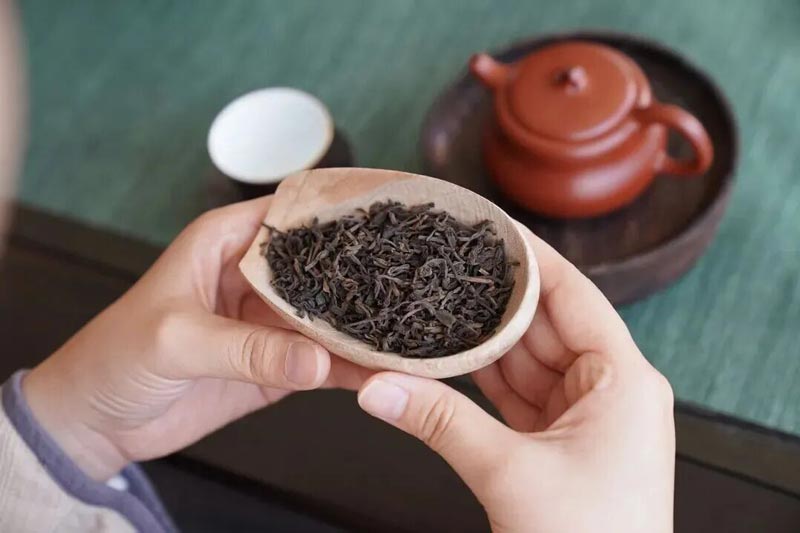
Let's explore several unique "aromas" of Liupu-tea.
◆ What are the classic Liupu-tea aromas?
01. Betel Nut Fragrance
Betel nut fragrance is one of Liupu-tea's most classic aromas, often found in traditionally crafted Liupu-tea.
This aroma, with its subtle woody notes and coolness, evokes the unique scent of betel nut. The development of betel nut aroma requires careful consideration of the age and storage environment, and typically only gradually emerges after a long period of aging.
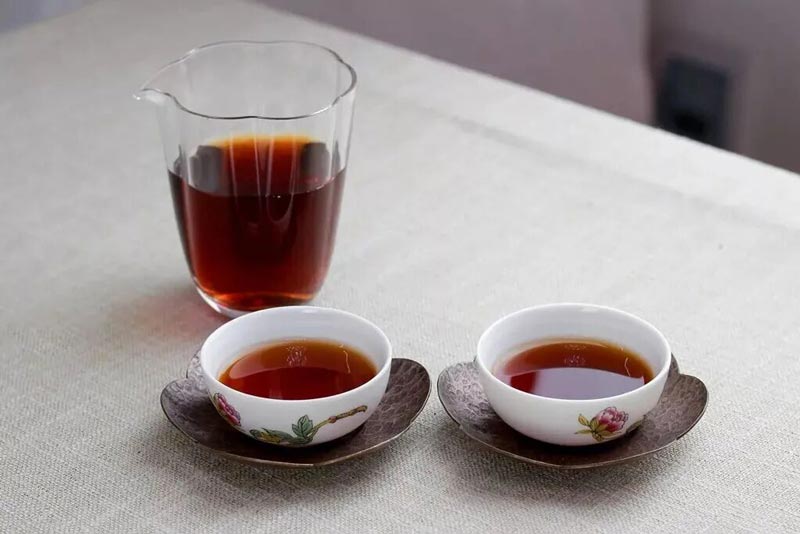
02. Pine Smoke Aroma
Pine smoke aroma is a unique aroma characteristic of authentic Liupu tea.
When Liupu tea is processed according to traditional techniques and aged for a sufficient period of time, this unique pine smoke aroma develops.
Its aroma is tinged with the smoky notes of burning pine needles, creating a natural and rustic feel.
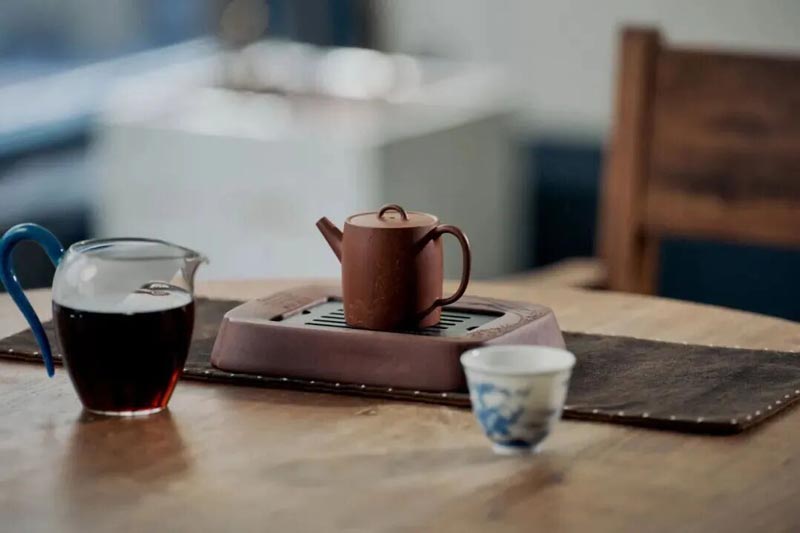
03. Medicinal Aroma
Medicinal aroma is also a premium aroma characteristic of Liupu tea after sufficient aging.
There are two types of aroma:
- A medicinal aroma similar to astragalus and licorice, often found in traditionally crafted old tea. Old tea refers to Liupu tea made from coarse, older leaves.
- Medicinal aroma is the aroma of modern-process Liupu-tea after sufficient aging. This aroma is more straightforward, similar to the aroma of boiled Chinese medicine, and is often found in Liupu-tea stored for 10-15 years or more.
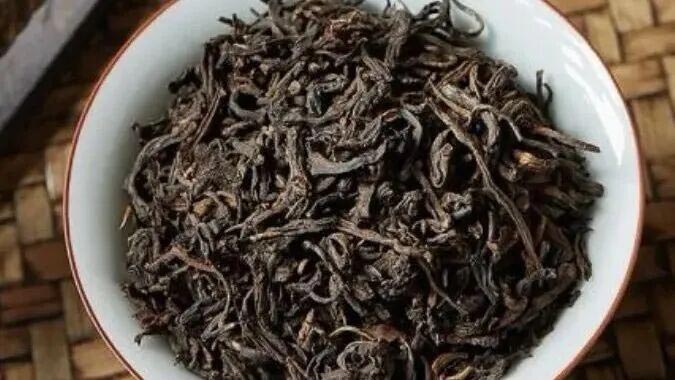
04. Jujube aroma
Jujube aroma is a rare aroma in Liupu-tea that develops even after a short storage period.
After approximately three years of aging in a dry warehouse, the sugars and other substances in the tea change, resulting in a sweet aroma similar to that of red dates, easily accepted by first-time Liupu-tea drinkers.
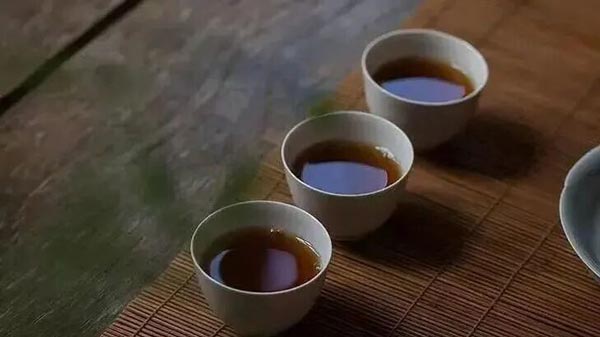
05. Woody aroma
Woody aroma is the aroma of modern-process Liupu-tea after aging.
It resembles the aroma of carbonized wood from aged wood, a steady and rich aroma that reflects the sedimentation and transformation of tea leaves over time.
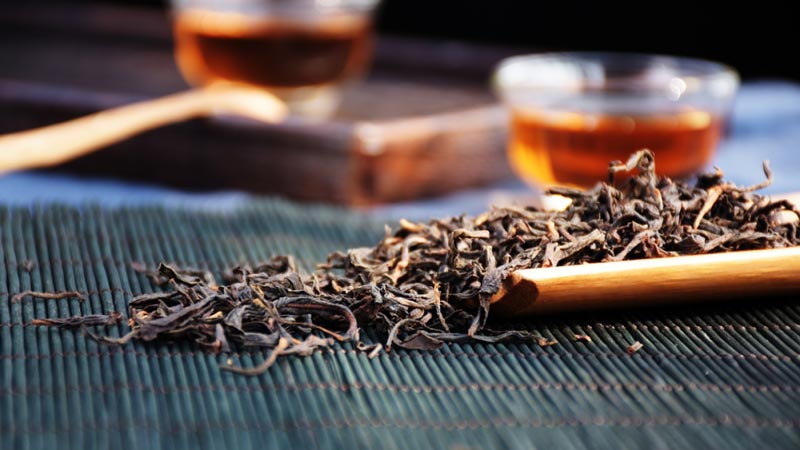
06. Ginseng Aroma
Ginseng aroma is an uncommon yet highly recognizable aroma, often found in lightly fermented teas aged for over ten years.
It has a refreshing, cool aroma similar to that of American ginseng, cool but not pungent.
This aroma is likely related to the slow release of specific olefins. It rarely dominates a tea, often lurking in the tail or mid-to-late brewing phase. It is a familiar "high-end" aroma to veteran tea lovers.
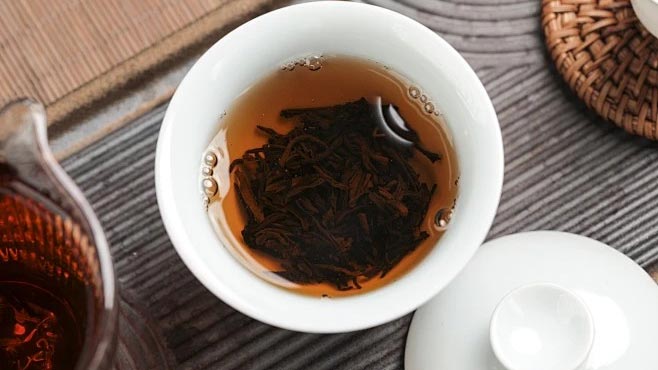
07. Honey Aroma
In the early stages of Liupu-tea, especially in early spring young buds like Sheqian tea, a brief "honey aroma" often appears.
This aroma is sweet and refreshing, like honey and maltose, with a pure and delicate aroma, often appearing in the same or following year of production.
Its formation relies primarily on the freshness and richness of the early spring tea raw materials, along with the retention of sugar precursors, achieved through traditional low-temperature withering and drying processes.
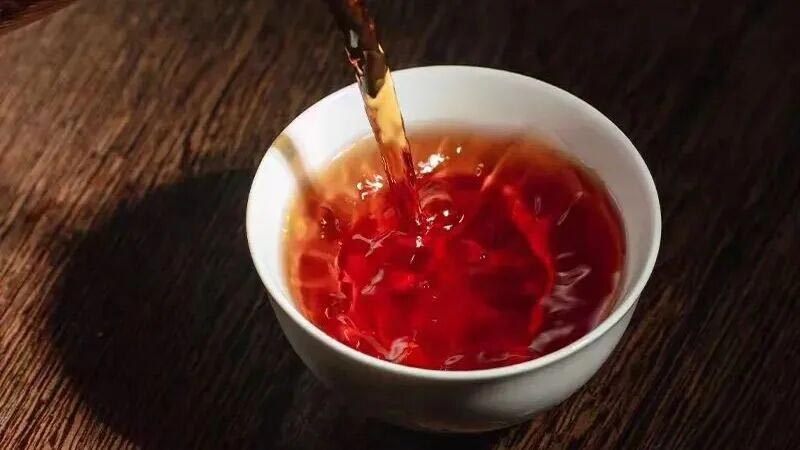
Conclusion
A Liupu-tea doesn't necessarily have a single aroma. It can develop a variety of flavors, depending on the fresh leaf ingredients, processing techniques, and storage age.
This diverse and layered aroma is the essence of Liupu-tea's charm!

%20--%3e%3c!DOCTYPE%20svg%20PUBLIC%20'-//W3C//DTD%20SVG%201.1//EN'%20'http://www.w3.org/Graphics/SVG/1.1/DTD/svg11.dtd'%3e%3csvg%20version='1.1'%20id='图层_1'%20xmlns='http://www.w3.org/2000/svg'%20xmlns:xlink='http://www.w3.org/1999/xlink'%20x='0px'%20y='0px'%20width='256px'%20height='256px'%20viewBox='0%200%20256%20256'%20enable-background='new%200%200%20256%20256'%20xml:space='preserve'%3e%3cpath%20fill='%23FFFFFF'%20d='M194.597,24.009h35.292l-77.094,88.082l90.697,119.881h-71.021l-55.607-72.668L53.229,232.01H17.92%20l82.469-94.227L13.349,24.009h72.813l50.286,66.45l58.148-66.469V24.009z%20M182.217,210.889h19.566L75.538,44.014H54.583%20L182.217,210.889z'/%3e%3c/svg%3e)



